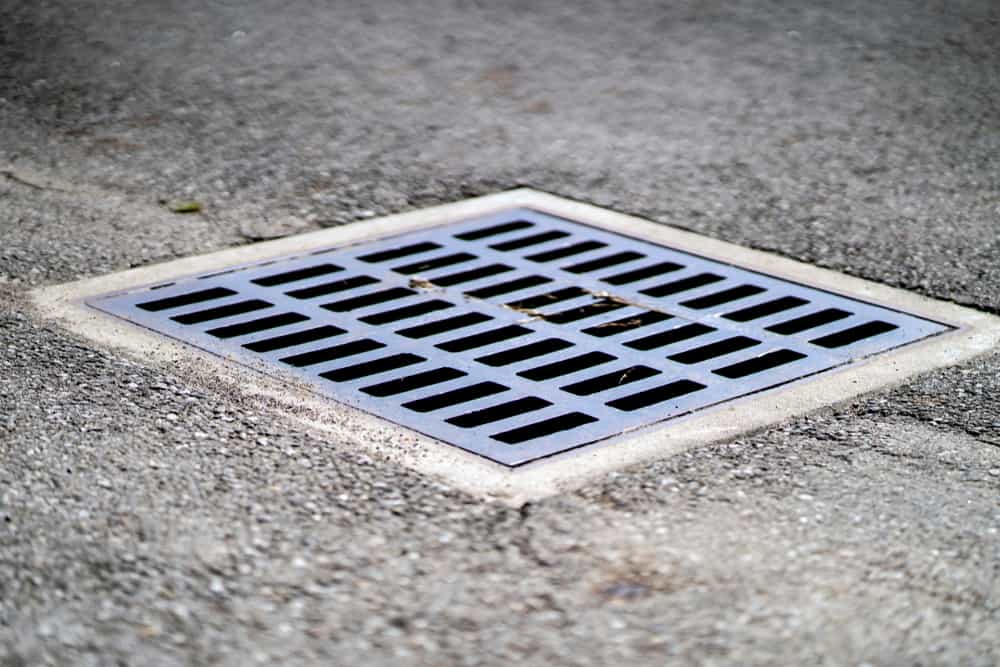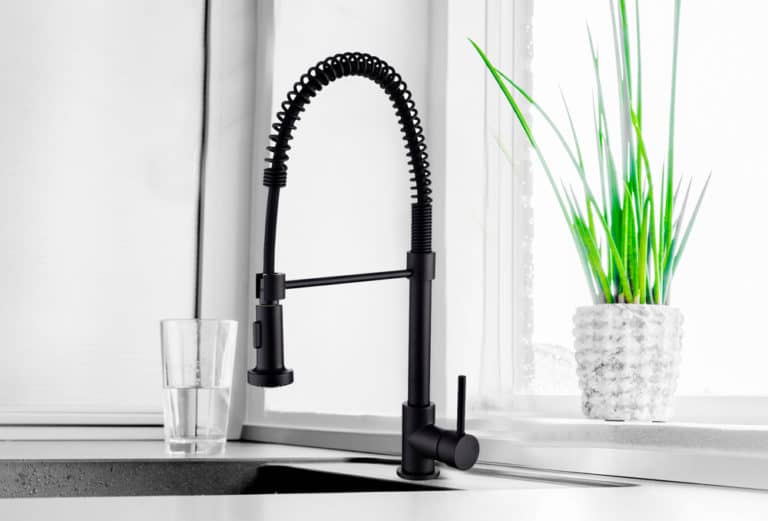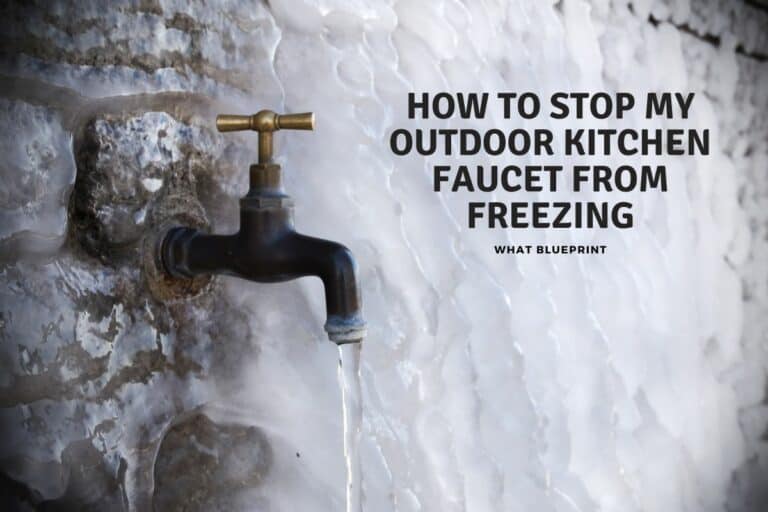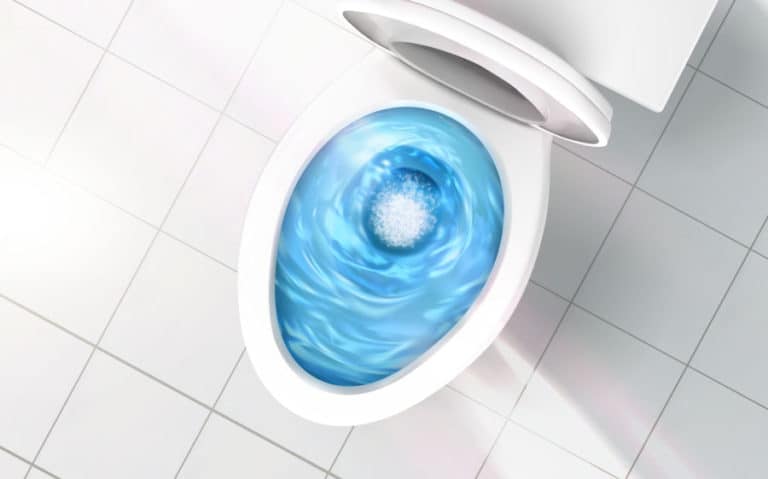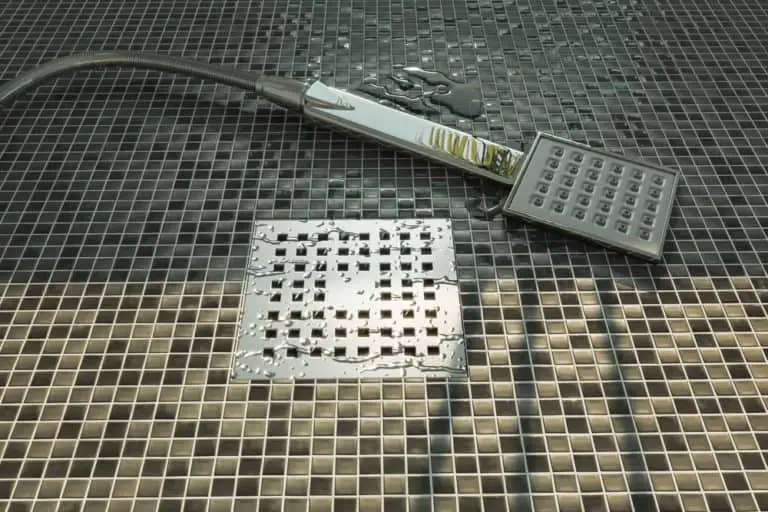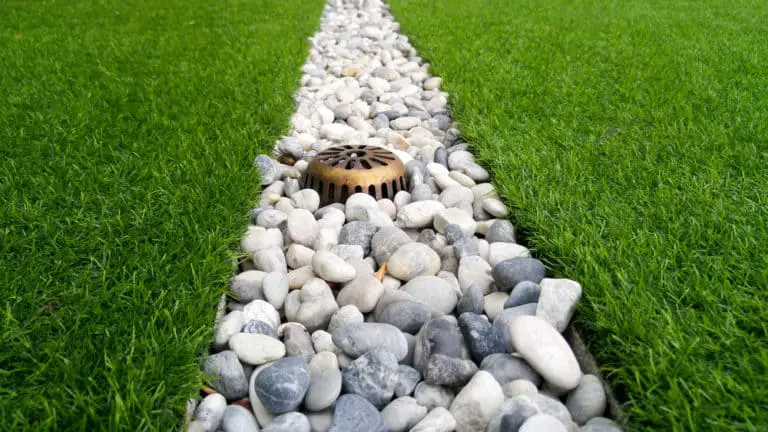Do I Need A Vent For Every Drain?
What if you could remodel your home without having to worry about venting? It sounds like a pipe dream, right? Trying to make a bathroom without a vent would be hazardous for you and your family.
The waste from showers, sinks, toilets and baths all need an exit outlet outside of the building to release sewer gases that may accumulate inside the house. That said, do you need a vent for every drain?
Typically, every plumbing unit should have an attached vent. That means every drain in a building requires venting. Vents allow for the passage of atmospheric pressure through drains, preventing airlock and accumulation of sewer gases. By contrast, drains without vents can be potentially dangerous.
Today, in plumbing, the drain-waste-vent or the DWV in your home is a lot more intricate than you may have initially thought. In this feature, we will explain why you need a vent for every drain in your home.
Why is Venting in Every Drain Necessary?
Think about it for a moment, and you will realize that every drain in the house is open. Air has no trouble entering into the pipes and assisting gravity in moving the water through the system. However, the issue is with the pressure.
Hazardous sewage gases can build up without a vent to allow pressure to escape from the plumbing system. It makes it challenging for water to pass through the pipes efficiently. Not because it won’t let air in, but because it won’t let it out, a clogged plumbing vent causes problems.
In addition, oxygen is necessary for aerobic bacteria to break down the sewage and release it as a byproduct. Bacteria need oxygen to metabolize organic material, so this process cannot occur without an outlet for oxygen to enter the pipes.
Venting is as essential as the drainage itself and can lead to a whole slew of problems without it.
How Does Venting Work For Every Drain?
The air pressure in sewer pipes is constant throughout their length. Water compresses the air ahead of it as it travels through the line, resulting in positive pressure. The vent must release the pressure; otherwise, the water will be pushed back by the positive pressure.
If the air is not alternated with the water as it moves, it might build negative pressure, sucking the water out of the trap.
The vents allow air from one end to another through a series of pipes that branch off of the main drain line. Traps are equipped with these pipes to hold water to prevent the gases from escaping into your living space. The vents regulate air pressure in the system and allow for the passage of water unimpeded
The Collaboration Between Vents and Traps
A trap is a bend or loop in the pipe near the fixture required for plumbing units in the house. The trap holds water that prevents toxic gases from escaping through the drain and passing back into your home. Without a trap, gases would rise through the drain and back into your home.
The vent allows the harmful gases to escape outside. It also equalizes the air pressure on both sides of the trap keeping the water in the trap. By preserving the water in the trap, the sewer gases stay inside the pipe.
If the air pressure is uneven, the water moves out toward the pipe segment with the lower pressure. It would cause a disturbance in the entire system.
Vents do not replace traps in terms of functionality or necessity. The vents and the traps work together to keep your home safe from contaminants that can cause damage or illness.
The Interval Between the Vent and the Trap
There isn’t a versatile measurement for this, but there is a way to figure out the maximum distance you need.
For a trap that’s 11/2 inches, with a slope of 1/4 inch per foot, the maximum distance should be 6 feet apart. A trap that is 2 inches with a pitch of 1/4 inch per foot should have a maximum distance of 8 feet. And finally, a three-inched trap with a slope of 1/4 inch per foot has a space of 12 feet.
The distance between the trap’s weir and the vent pipe entrance “must not” exceed 30 inches.
The minimum distance between the trap’s weir and the vent pipe entrance is four inches. It allows room for water to accumulate in both traps. The distance between the traps and floor drains should be greater than 36 inches.
In addition, if you have a flooded basement or crawl space, the distance between traps and vents should be at least six inches.
Your plumber can help you decide on the appropriate number for your situation, but you can use the general rules as a guide. Venting is an integral part of your plumbing system; ensure a proper installation to avoid costly repairs in the future.
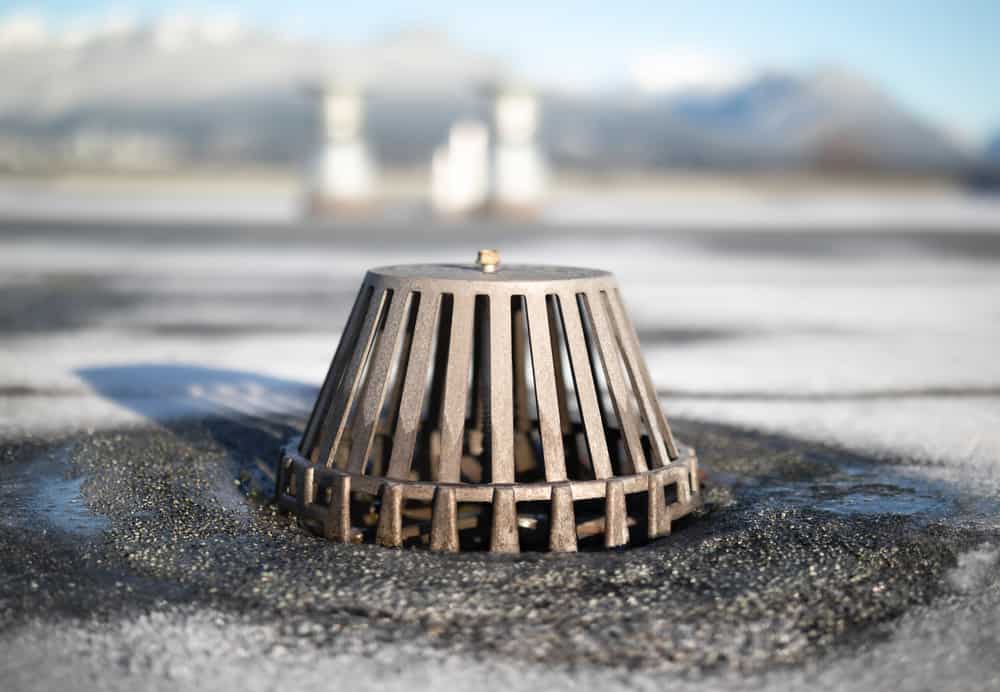
The Downsides of Drains Without Vents
When a drain does not have a proper vent and does not receive enough air, airlock occurs, slowing the drainage process to nearly nothing. Without air in the system, water cannot flow, causing a considerable reduction.
The reduction of water flow over time causes the drain to clog on the inner walls of your pipes. When this happens, the waste and water have no choice but to return up the s-trap of your toilet or sink. Gross!
Drains without vents are also more susceptible to sewer gas re-entering your home. Sewer gas is hazardous to inhale, mainly when it contains hydrogen sulfide. When the sulfate radical (SO4) reduces to H2S and H2O, hydrogen sulfide (H2S) happens.
Only when there is no liquid oxygen or other oxidants in the microbiological environment can this process occur.
Sewer gases in your home are dangerous because they could lead to health issues like headaches, memory loss, poisoning, and suffocation. There’s even a chance of fire or explosion if there are enough sewer gases in your home. So, it’s important to vent for every drain to avoid any of these problems.
How Do I Know That My Vent is Blocked?
Vents block when the waste in your sewer system does not allow air to pass through. It creates a strong suction force, pulling water and waste from surrounding drains into the blocked vent pipe. It is common in homes with septic tanks, but it can also happen with little to no warning on municipal sewer systems.
- Sewage odors– Typically, blocked vents emit a terrible smell. If you can’t pinpoint a particular area of your house where the smell is coming from, the odds are, you have a blocked vent pipe.
- Stagnated water in the sinks or bathtubs– If you notice that your sink or bathtub takes a little longer to drain than expected, this could be due to blocked vents. The water sitting in the traps of your sink or bathtub cannot drain into the sewer system because there is no room for air, forcing the water to stagnate.
- Gurgling sounds– Pay attention; bubbles or puddles accompany gurgling sounds. It is a sign that air isn’t passing through your vent system.
If you notice any of the issues mentioned above, it’s a good bet that you have a blocked vent. Ideally, you should call your plumber before these problems become worse and require extensive repairs.
Conclusion
It’s essential to have a proper vent for every drain in your house to ensure water keeps flowing and toxic sewer gases stay out of your home. It would be best if you placed vent pipes strategically to avoid any problems. For better results, it’s best to have a professional plumber handle the planning and the installation.
Sources
- https://www.franklyfaucets.com/does-every-drain-need-a-vent/
- https://www.scottenglishplumbing.net/blog/5-common-questions-on-vent-systems
- https://www.healthline.com/health/healthy-home-guide/sewer-gas#causes
- https://askinglot.com/how-far-should-a-vent-be-from-a-trap
- https://www.expresssewer.com/blog/what-are-plumbing-vents-and-why-are-they-important
- https://www.bhg.com/home-improvement/plumbing/drain-venting/
- https://plumbingdynamicsdallas.com/plumbing-vent-work/

